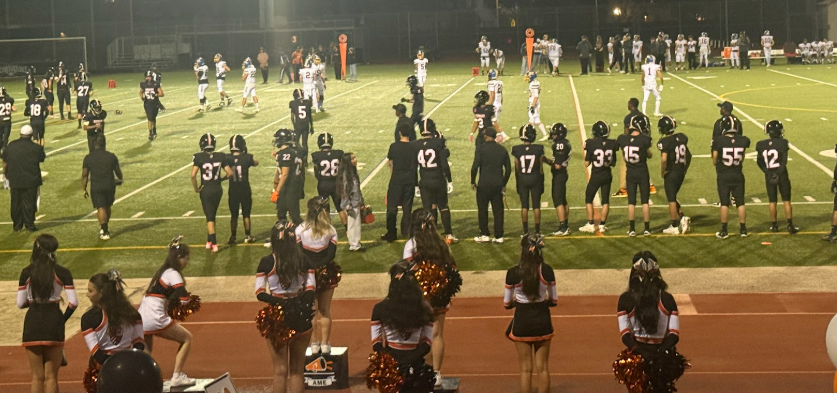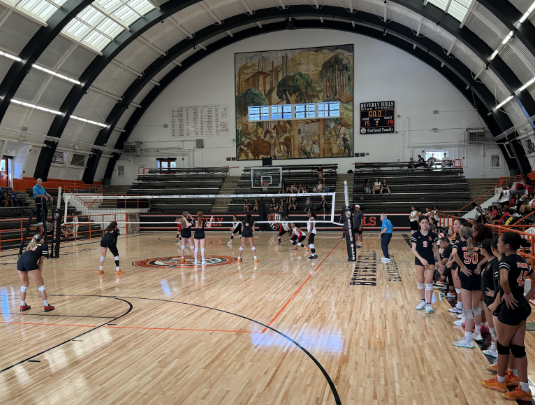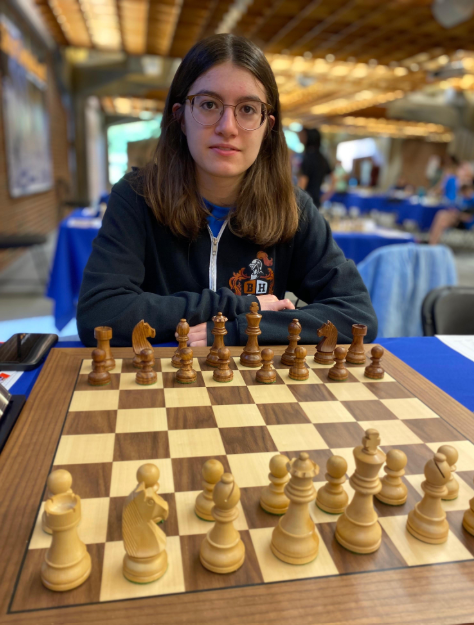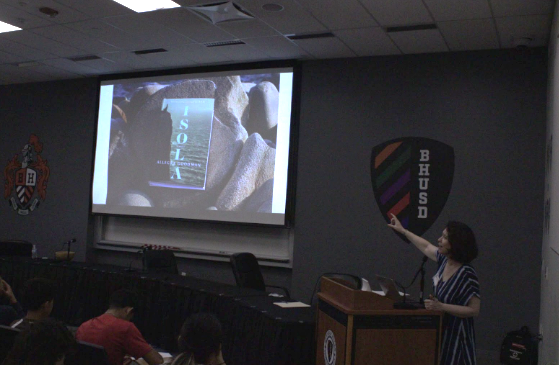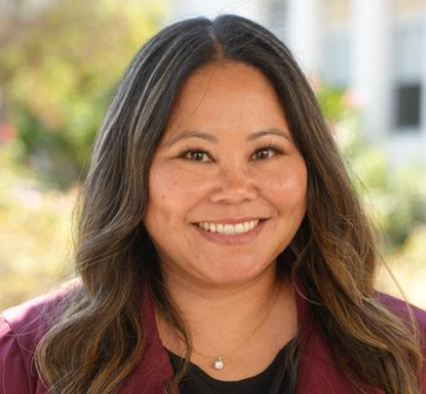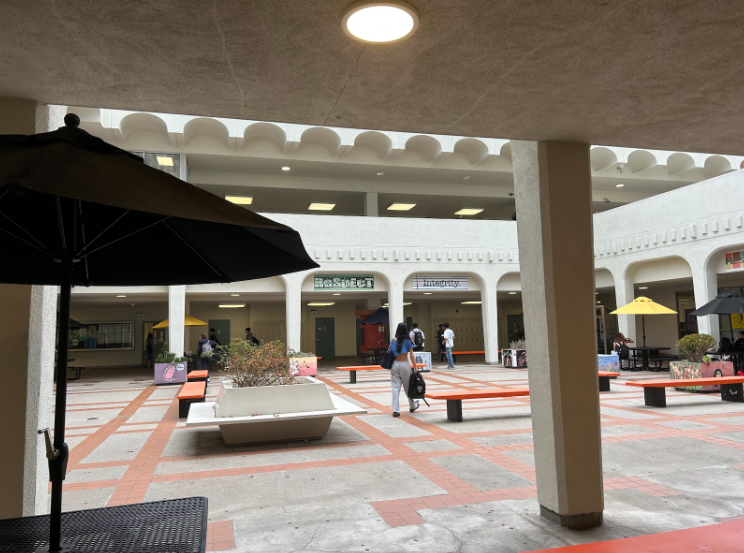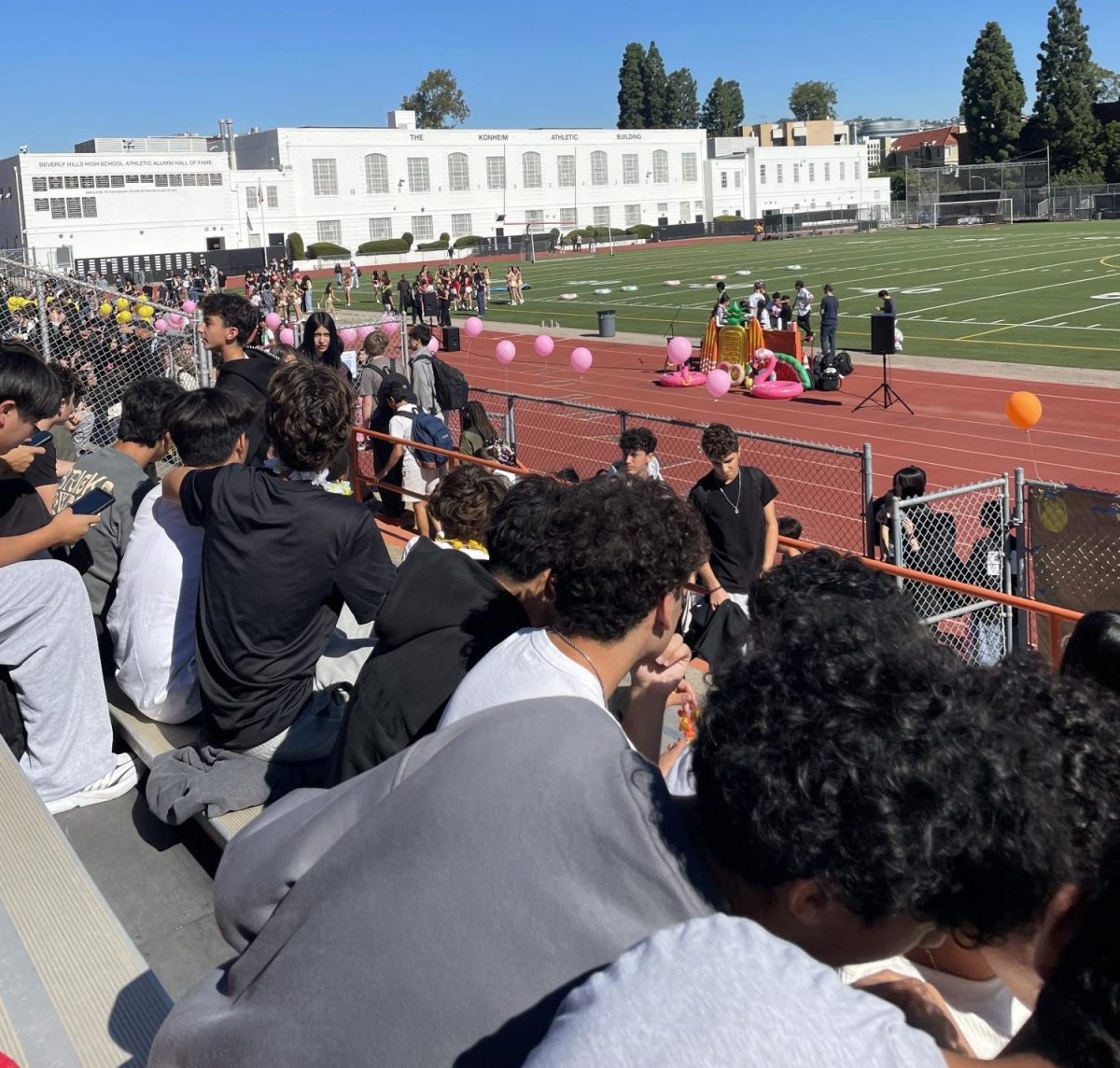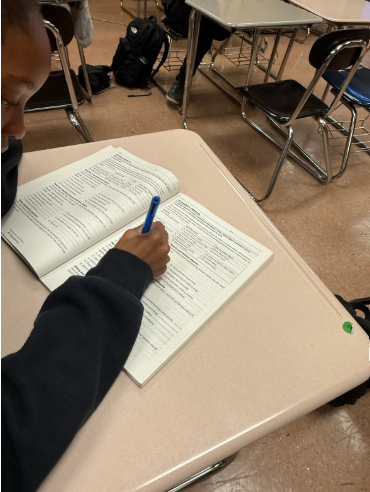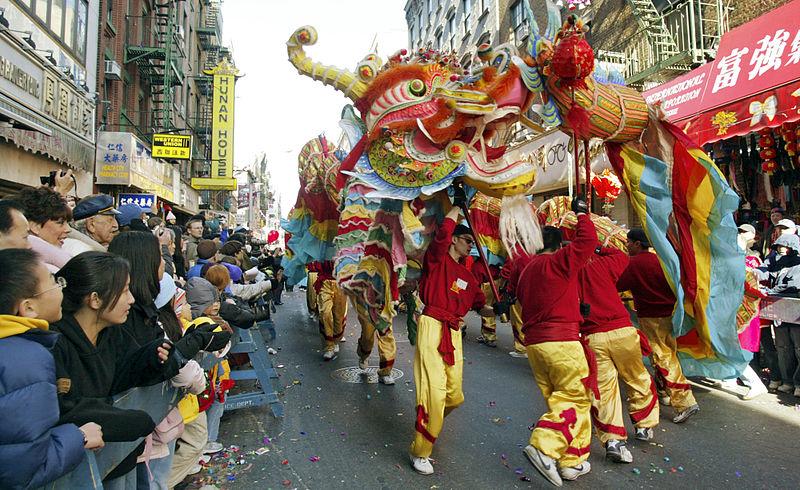Lauren Hannani staff writer
Natasha Dardashti staff writer
Although our new year was only about a month ago, the year is only just beginning for the Buddhist, Confucian and Taoist people, primarily with Chinese descent. As the annual traditional festivals and parades begin in different parts of Asia, students are celebrating the holiday in their own homes.
For cultures that celebrate Lunar New Year, family is an integral part to celebration.
“It’s very family oriented. It’s a time of bonding, especially because my family is very busy. We don’t really eat dinner together, but Chinese New Year is a time for this yearly tradition [where] we all get together, go out to dinner and feel like a family,” senior Jennifer Zhang said. “It’s a nice tradition to keep every year in order to catch up with everyone and bring the family closer.”
Different religions celebrate Lunar New Year in different ways. For sophomore Michael Huang, this means an elaborate tradition involving giving offerings to Buddha and praying to ancestors.
“This holiday is special because it is the time of new beginnings,” Huang said. “It’s a time when your ancestors can hear your calls and send you blessings.”
Each part of the holiday represents some kind of significant meaning that symbolizes different goals for the future.
“Every year you get taller and grow [to be] better, so it [nian gao, a traditional food for Lunar New Year] symbolizes growth,” Zhang said. “The colors of red and gold are not only that on the Chinese flag, but they are very bright colors to be uplifting [during this holiday]. ”
These customs do not last one day; instead, the new year lasts for 15 days, starting on Jan. 31 and ending Feb. 15. For many, the holiday is an exciting and joyous one.
“The parades are loud, lots of drums playing and overall the emphasis is on spending time with family and being grateful for what you have and bringing in new luck for the new year,” junior Cathy Lee said. “In my opinion, it’s a combination of the western Thanksgiving and New Years. The parades serve to bring out the celebratory mood of the holiday and add excitement to the holiday’s festivities.”
The Lunar New Year does not fail to bring cheer, and create many happy and joyful memories years later.
“When I used to go to Chinese school, we used to have this huge school festival type thing, there would be carnivals, food, competitions, dances and firecrackers. [It’s] one of my favorite childhood memories,” Zhang said.
Although this holiday is full of celebratory events and traditions, one of the most important parts of the Lunar New Year is family and giving thanks.
“It means a time for family and a time for new beginnings. It is a time to reflect on the past year and to pray on for the new year. When we offer, we ask for blessings of health, peace and good fortune,” Huang said.
Though the lives of first and second generation Asians-Americans may change, the festive traditions that families have celebrated throughout the years will always be an integral part of their beings.
“I feel connected. I mean, I’m going off to college in less than a year. We’re still going to celebrate this every year,” Zhang said. “I’m still going to come back for this holiday and this is going to keep me connected with my family.”
Categories:
Asian-American families celebrate Lunar New Year
February 5, 2016
1
0
Donate to Highlights
$125
$1000
Contributed
Our Goal
Your donation will support the student journalists of Beverly Hills High School. Your contribution will allow us to purchase equipment and cover our annual website hosting costs.
More to Discover







